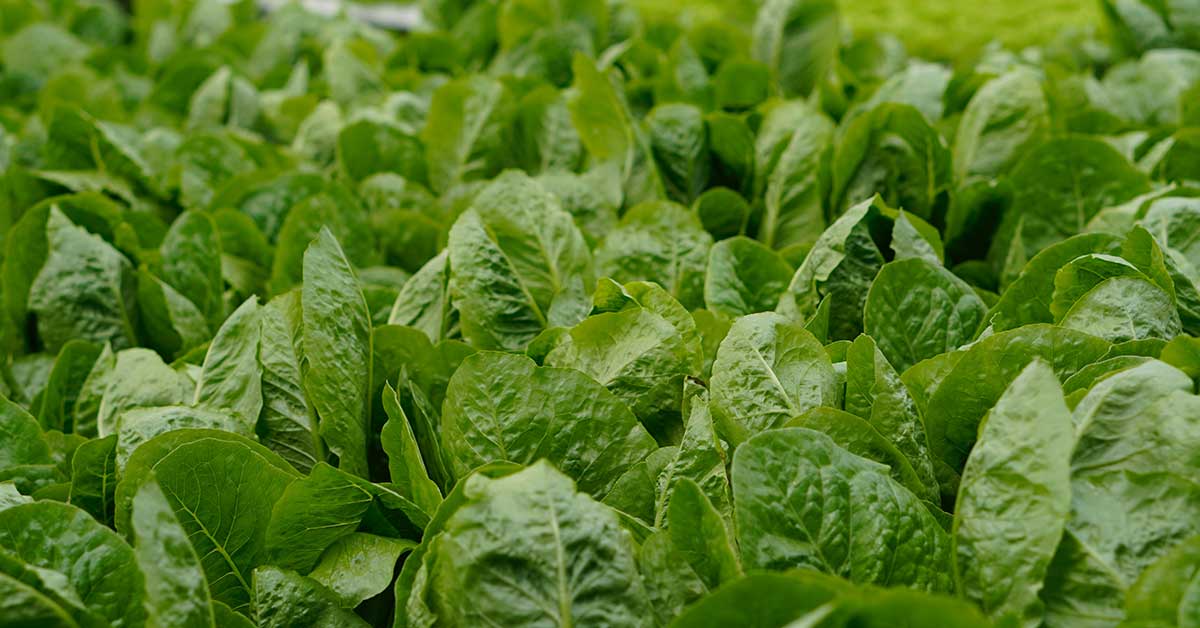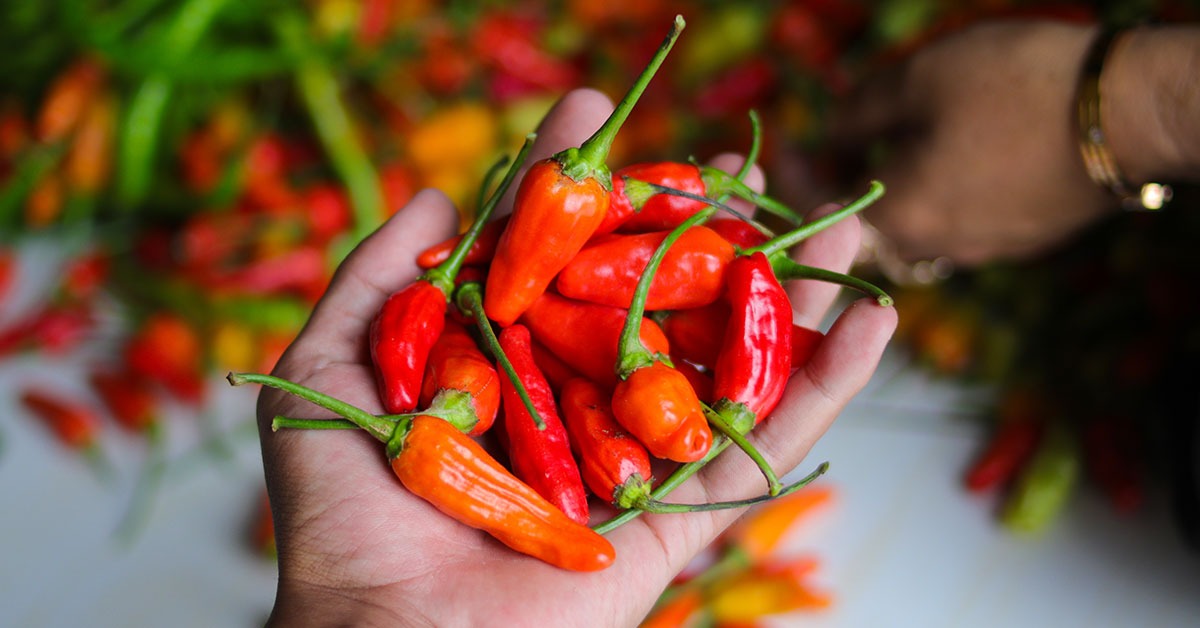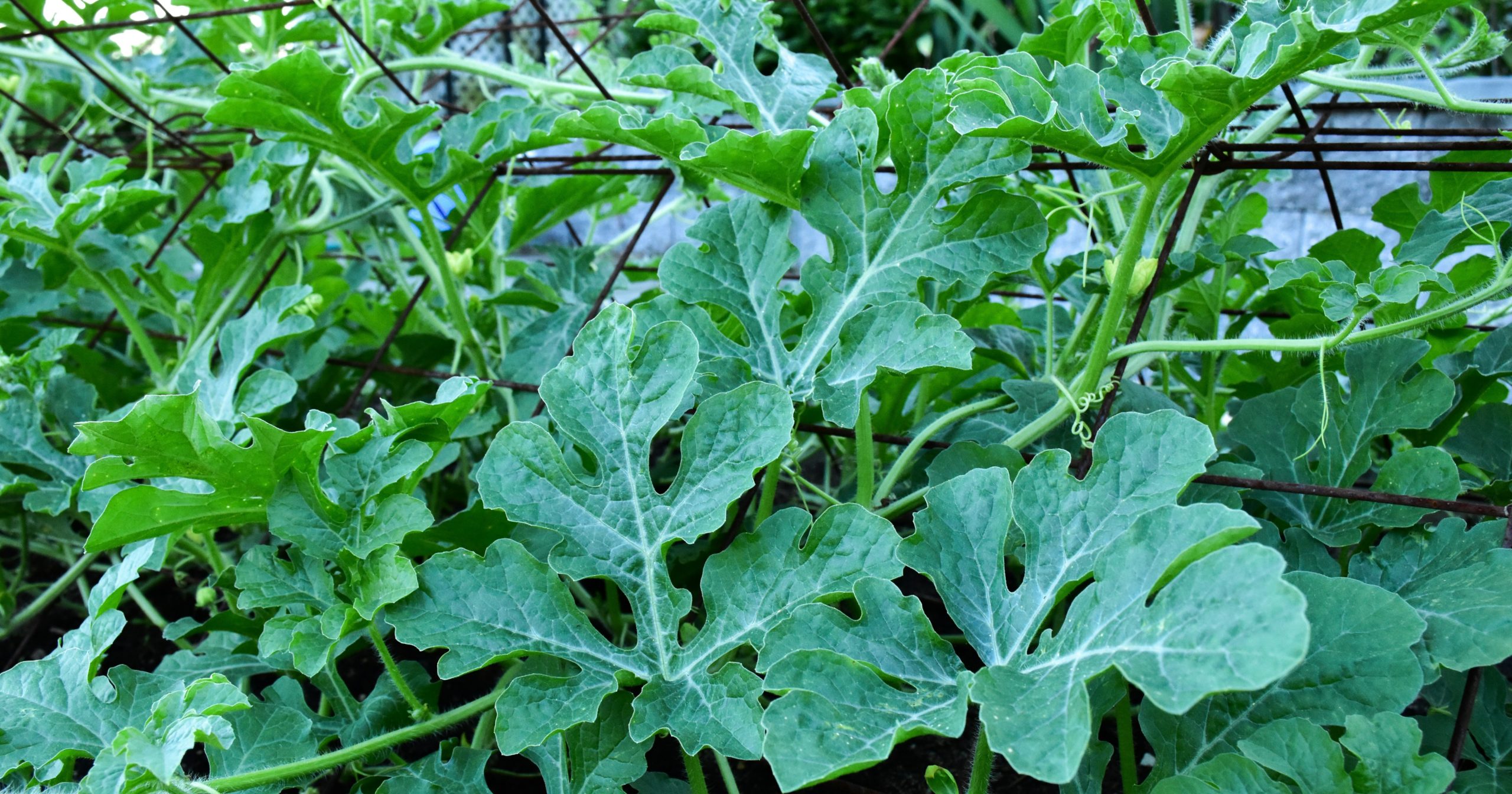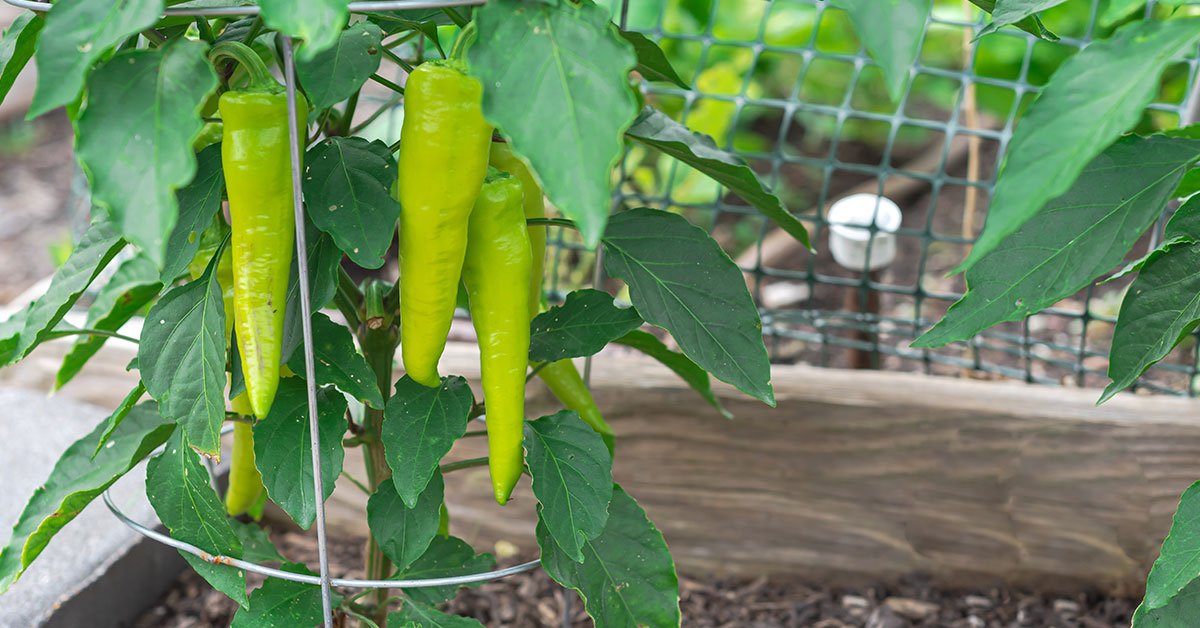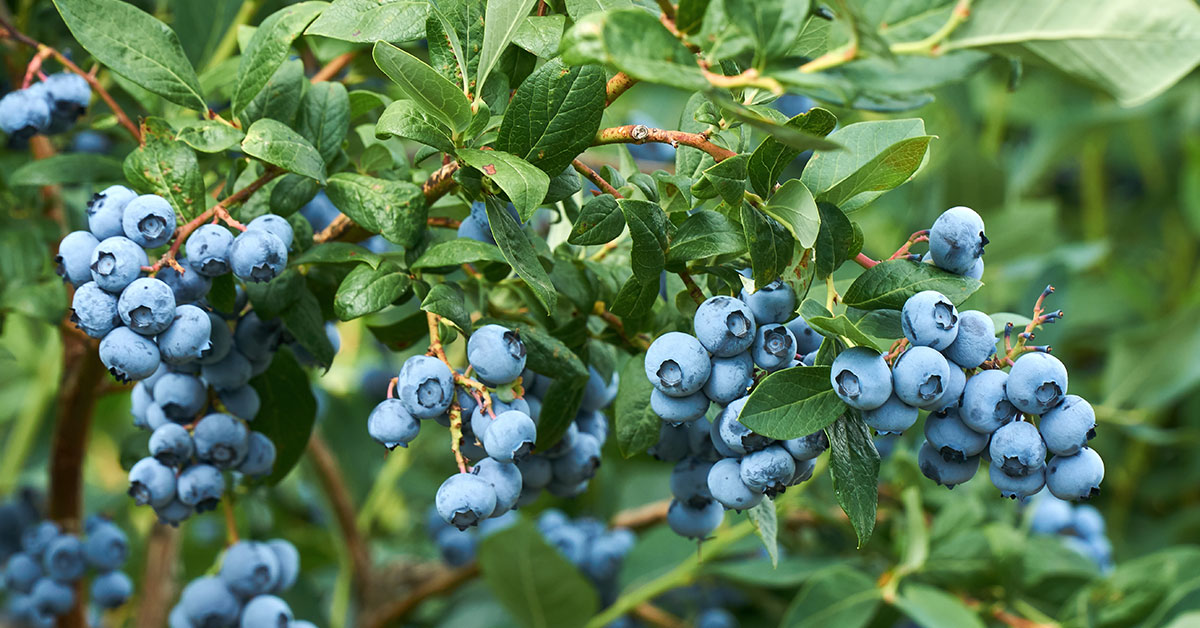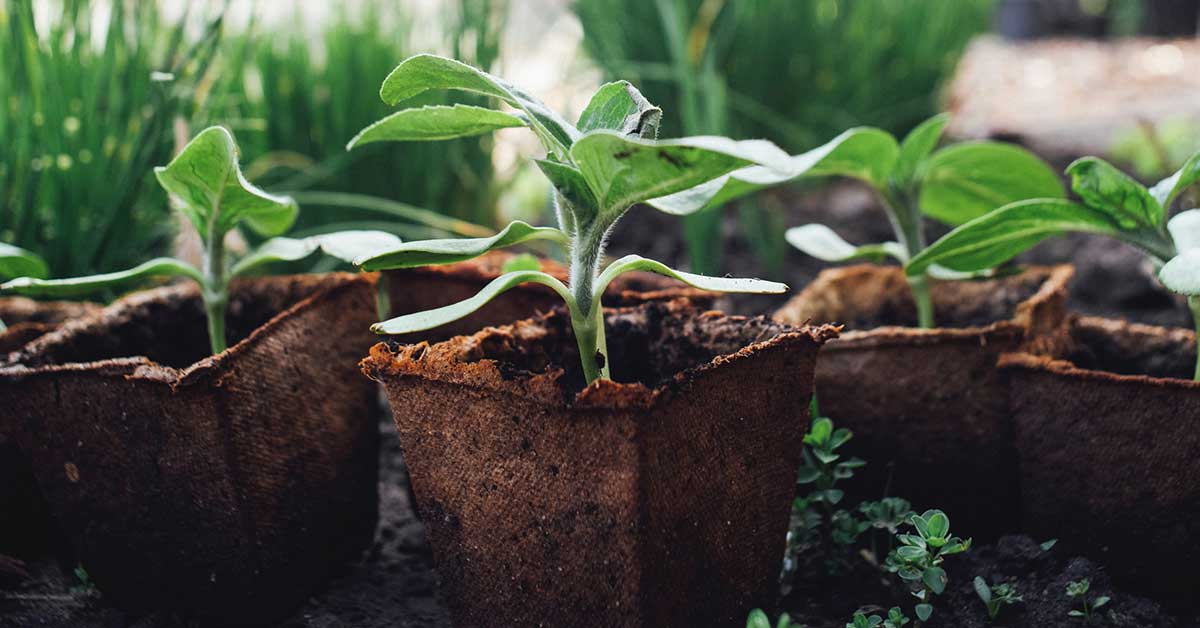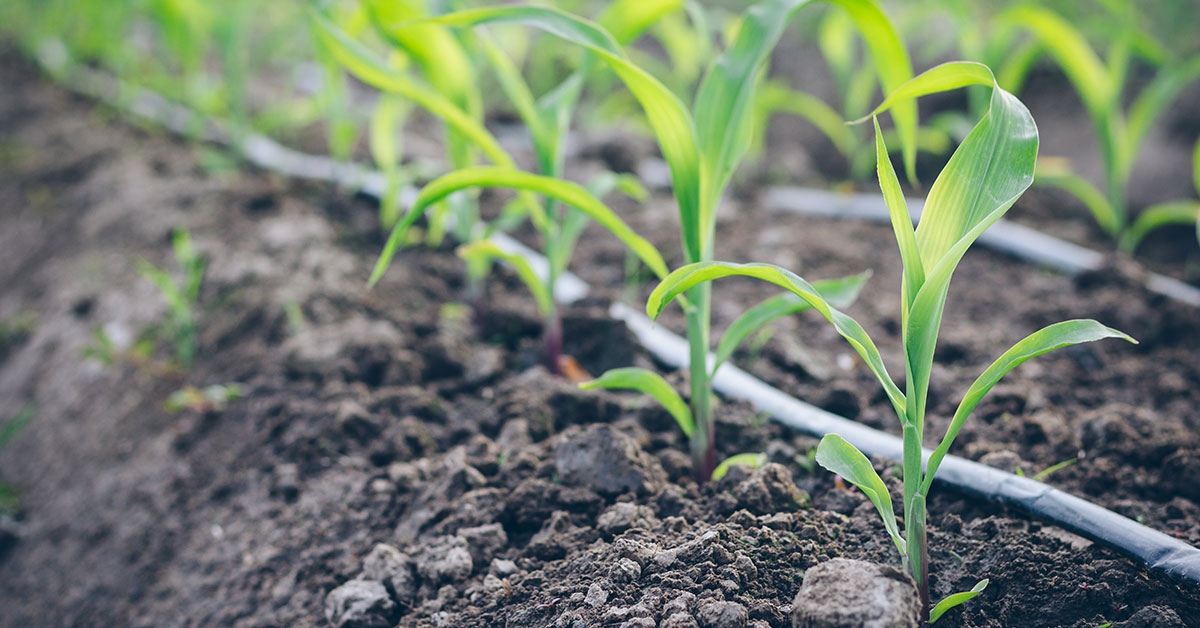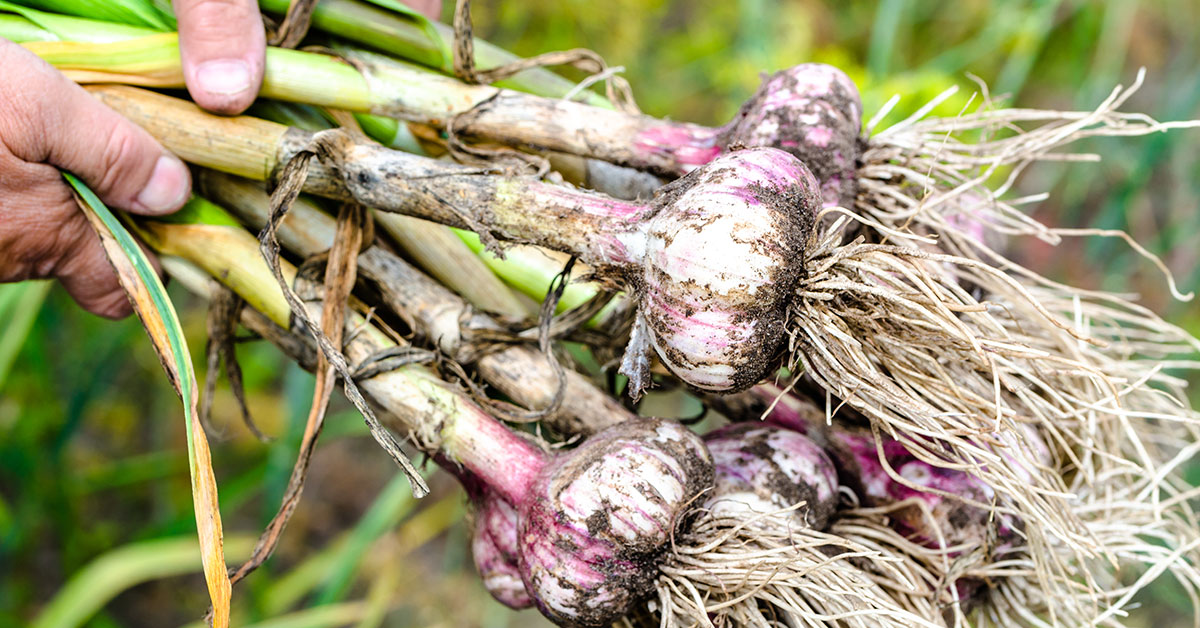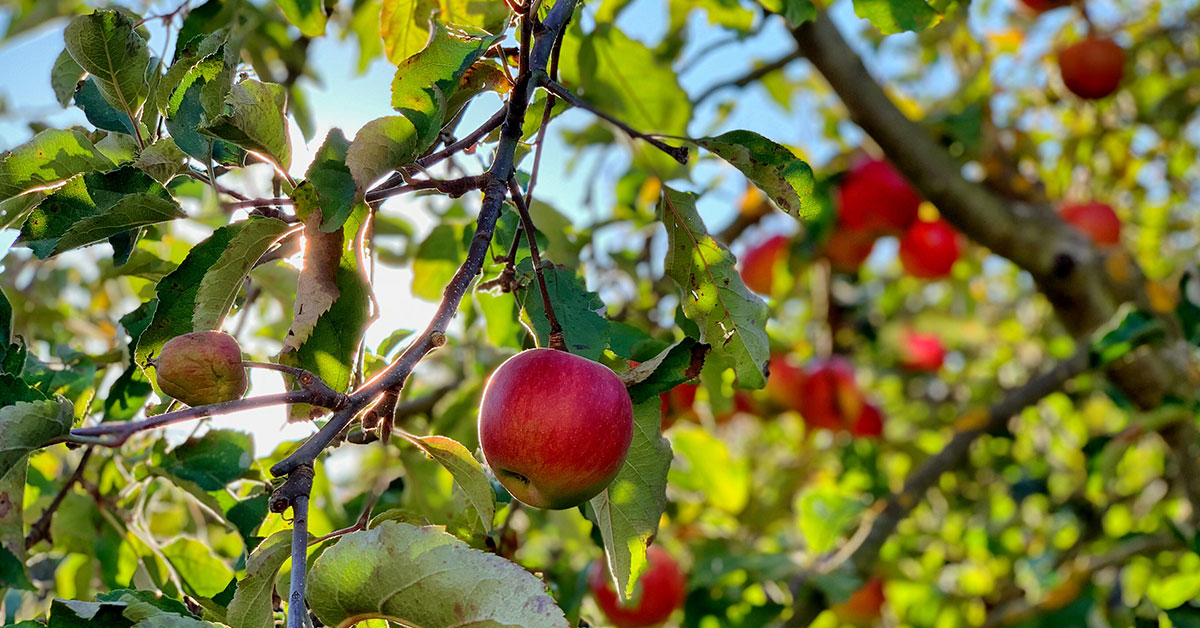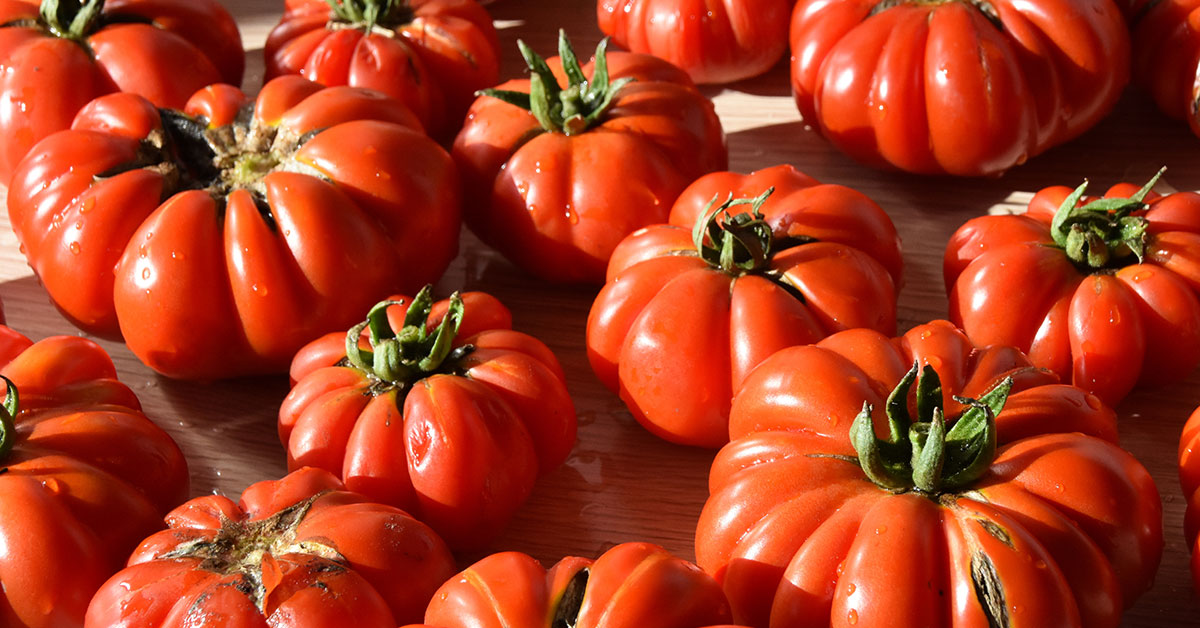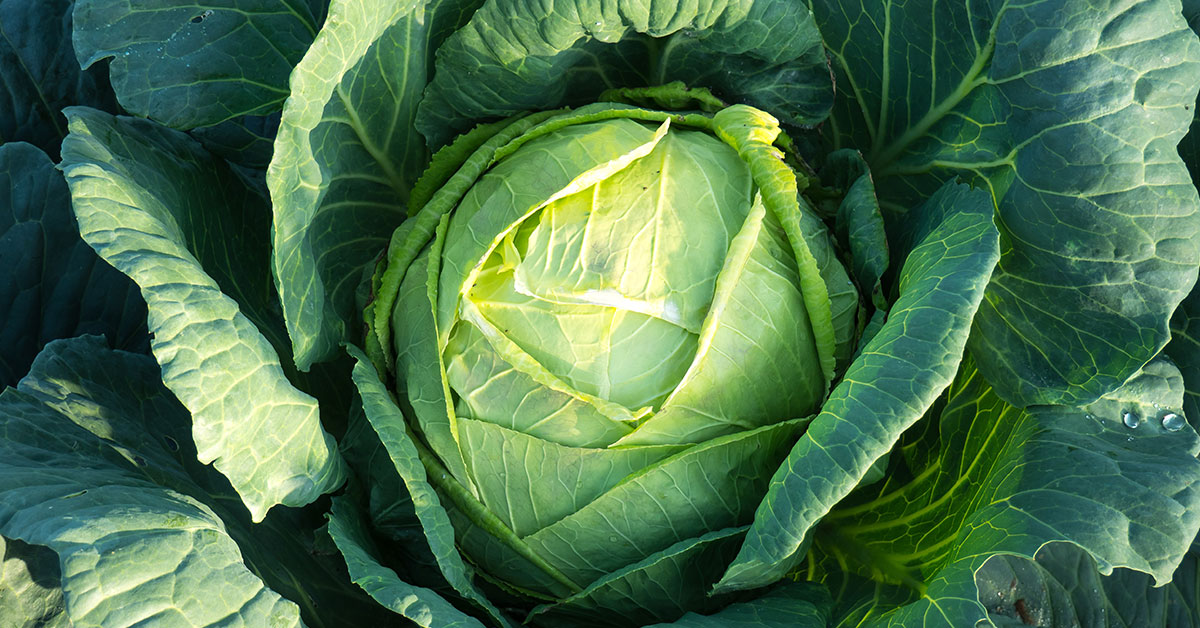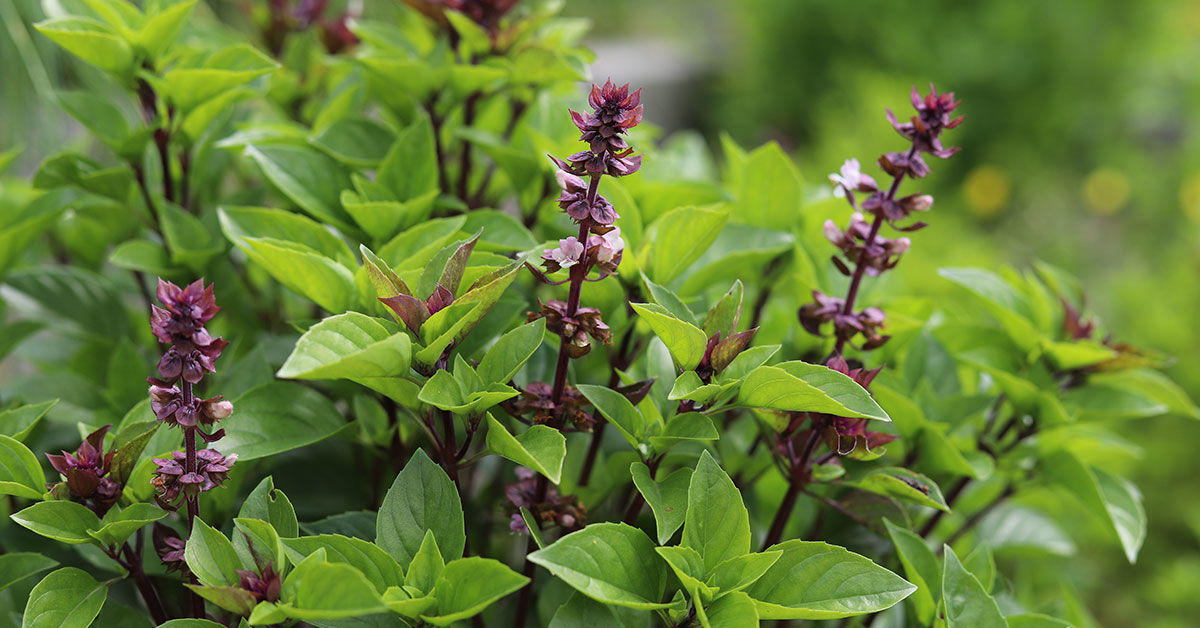Fall is a time of transition, and nature responds by offering us a diverse array of vegetables that flourish in this cool and crisp climate. The beauty of fall vegetables lies not only in their delectable taste but also in the richness they bring to our gardens, tables, and well-being. Whether you are an experienced gardener, a passionate cook, or simply someone seeking to expand your culinary horizons, fall vegetables offer an exciting opportunity to connect with the rhythms of nature and the joys of the harvest.
From hearty root crops to leafy greens and brassicas, fall vegetables offer a delicious and nutritious way to embrace the changing season. In this article, we embark on a journey through the world of fall vegetables, exploring their unique qualities, sharing growing tips, and inspiring you to savor the seasonal delights they have to offer.
Why do some vegetables do best in the Fall?
Several factors contribute to why some vegetables thrive in the fall season:
Cooler Temperatures: Many vegetables prefer cooler temperatures for optimal growth. Fall offers a relief from the intense heat of summer, creating more favorable conditions for certain crops. Cooler temperatures help to reduce stress on plants, promote root development, and enhance the flavor and quality of the harvested produce.
Reduced Pest Pressure: Insects and pests that can be problematic during the summer months tend to diminish as fall approaches. This decrease in pest activity can benefit fall vegetables, allowing them to grow with fewer disturbances and reducing the need for extensive pest management.
Extended Growing Season: Fall provides an extended growing season for vegetables, allowing them more time to develop and mature. Unlike spring crops that have to contend with the heat of summer, fall crops have the advantage of longer, milder days that promote steady growth and better crop yields.
More Consistent Moisture: Fall often brings more consistent rainfall, providing a steady source of moisture for plants. This helps vegetables establish roots, absorb nutrients, and thrive. Additionally, the cooler temperatures and lower evaporation rates prevent excessive drying out of the soil, maintaining suitable moisture levels for plant growth.
Fewer Competition and Weeds: With the end of summer, the growth of weeds slows down. This reduced competition for nutrients, sunlight, and water allows fall vegetables to flourish without the need for constant weed management. This can make gardening in the fall more manageable and less labor-intensive.
Unique Flavor and Nutritional Benefits: Cooler temperatures can enhance the flavor and sweetness of certain vegetables, such as root crops and leafy greens. The natural sugars in these vegetables tend to concentrate as temperatures drop, resulting in richer, more intense flavors. Additionally, fall vegetables are often packed with essential nutrients, providing a nutrient-rich boost to your diet during the colder months.
Seasonal Festivities and Culinary Delights: Fall vegetables play a significant role in seasonal festivities and culinary traditions. Harvest festivals, Thanksgiving feasts, and warming autumn recipes often feature the flavors and colors of fall vegetables. Planting these crops allows you to partake in these seasonal celebrations and enjoy the unique culinary experiences they offer.
By capitalizing on the favorable conditions of the fall season, gardeners can enjoy a productive and rewarding gardening experience. The combination of cooler temperatures, reduced pest pressure, extended growing season, consistent moisture, and unique flavors make fall an ideal time for certain vegetables to thrive and provide a rich harvest.
When to plant Fall vegetables for an Autumn harvest
When planning your fall vegetable garden, it’s essential to consider the expected first frost date in your area. By working backward from that date, you can determine the optimal time to plant each vegetable. Here is a list of vegetables you can plant in the fall, along with recommended planting times relative to the expected first frost:
- Radishes: Plant radish seeds 4-6 weeks before the expected first frost date.
- Spinach: Sow spinach seeds 6-8 weeks before the expected first frost date.
- Lettuce: Plant lettuce seeds 6-8 weeks before the expected first frost date.
- Carrots: Sow carrot seeds 10-12 weeks before the expected first frost date.
- Beets: Plant beet seeds 8-10 weeks before the expected first frost date.
- Kale: Start kale seeds 6-8 weeks before the expected first frost date.
- Swiss Chard: Plant Swiss chard seeds 6-8 weeks before the expected first frost date.
- Broccoli: Start broccoli seeds 10-12 weeks before the expected first frost date.
- Cauliflower: Begin cauliflower seeds 10-12 weeks before the expected first frost date.
- Cabbage: Plant cabbage seeds 10-12 weeks before the expected first frost date.
- Brussels Sprouts: Start Brussels sprouts seeds 10-12 weeks before the expected first frost date.
- Peas: Sow pea seeds 8-10 weeks before the expected first frost date.
- Green Beans: Plant green bean seeds 8-10 weeks before the expected first frost date.
- Garlic: Plant garlic cloves 4-6 weeks before the expected first frost date.
- Onions: Start onion sets or seeds 8-10 weeks before the expected first frost date.
- Arugula: Sow arugula seeds 6-8 weeks before the expected first frost date.
- Mustard Greens: Plant mustard greens seeds 6-8 weeks before the expected first frost date.
- Turnips: Sow turnip seeds 6-8 weeks before the expected first frost date.
- Bok Choy: Start bok choy seeds 6-8 weeks before the expected first frost date.
- Radicchio: Plant radicchio seeds 8-10 weeks before the expected first frost date.
It’s important to note that the specific planting times may vary depending on your location and the particular climate conditions. Be sure to consult local gardening resources or use a gardening app that provides tailored recommendations based on your location’s frost dates. Additionally, consider using protective measures like row covers or cold frames to extend the growing season for certain vegetables, allowing you to enjoy fresh produce well into the fall.
Don’t plant these vegetables in the fall
While fall is an excellent time to grow a wide variety of vegetables, there are some vegetables that are not well-suited for fall planting due to their specific growth requirements or sensitivity to colder temperatures. Here are a few examples of vegetables that are generally not recommended for fall planting:
- Tomatoes: Tomatoes are warm-season crops and thrive in the heat of summer. They are highly sensitive to cold temperatures and frost, making it challenging for them to establish and produce a harvest if planted in the fall.
- Peppers: Similar to tomatoes, peppers prefer warm weather and are susceptible to damage from cold temperatures. They are best grown as summer crops and may struggle to mature and produce fruit if planted in the fall.
- Cucumbers: Cucumbers are also warm-season crops that thrive in heat and require longer days for optimal growth and fruit production. Planting them in the fall may result in slower growth and reduced yields.
- Beans: While some bean varieties can tolerate cooler temperatures, many bean plants prefer the warmth of summer for optimal growth. They tend to thrive in the spring and early summer and may struggle to produce well when planted in the fall.
- Eggplant: Eggplants are heat-loving plants that require a long growing season. They often struggle to develop and produce fruit in cooler temperatures, making fall planting less successful.
- Sweet Corn: Sweet corn is a warm-season crop that requires consistent heat and long days to develop properly. Planting sweet corn in the fall may not allow sufficient time for it to reach maturity before colder temperatures set in.
- Summer Squash/Zucchini: Summer squash and zucchini are fast-growing plants that thrive in warm weather. They have a relatively short growing season and may not have enough time to produce a full harvest if planted in the fall.
Remember, the suitability of certain vegetables for fall planting can vary based on your specific climate, region, and the time remaining before the first frost. It’s always recommended to consult local gardening resources, cooperative extension services, or experienced gardeners in your area to determine the best vegetables to plant for a successful fall garden.
